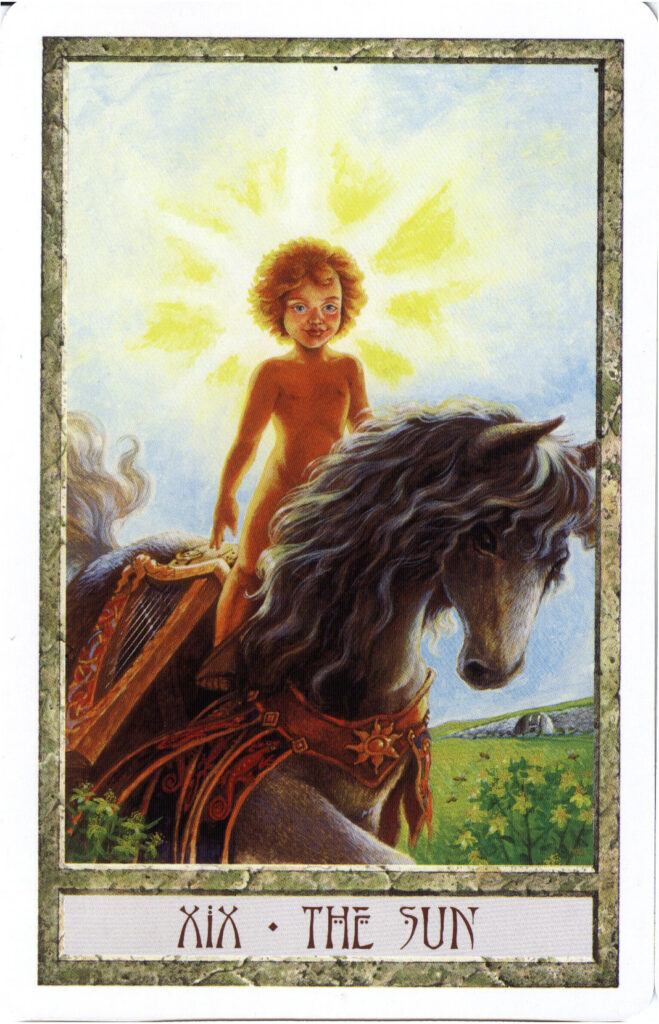Dear Integral Meditators,
How can you reduce your stress and anxiety at the same time as becoming more effective at solving your problems? The article below explores a practical mindful perspective on this…
In the spirit of treading lightly & purposefully,
Toby

Solve no problem (& leave no problem unsolved)
‘These mountains that you are carrying, you were only supposed to climb.’ ~ Najwa Zebian
This article explores two complementary mindful positions:
- Firstly, how to let go of your over anxious, problem-solving mind periodically
- Secondly, the necessity of mindfully taking responsibility for finding solutions to problems that are indeed yours to solve
Position 1: Solving no problem
The challenge: Most of us are compulsive thinkers, and we find it difficult to leave our problems and challenges alone. Instead we spend much of our time carrying our problems around like a burden. Let’s say I have a problem with a colleague at work. All I can think about is how my relationship with them is ‘not right’ and what I should do to ‘fix’ the problem, or show them what they need to do to ‘fix’ themselves and their attitude(!) Even when I am not with them I am thinking about the problems we have. It becomes a burden that I cannot put down. You can think of many other examples of this from your own life I am sure!
The practice: So, the practice with ‘solving no problem’ is to sit mindfully and simply put down all your problems and worries; learn to leave them alone! You simply sit and practice non-striving, and non-fixing. When a problem or challenge comes into your mind, you notice it but resist trying to fix it or find a solution to it. You give yourself and your mind a break from all problem-solving activities, just relax!
Position 2: Leave no problem unsolved
The challenge: Many of the very real problems that we face we avoid thinking about. This is because the very thought of these challenges makes us anxious and nervous, so when they come up we either push them away/repress them, or feel various levels of emotional panic. This panic further prevents clear thinking and effective problem solving. Let’s say I feel uncomfortable about an emotional issue with my partner. Whenever I feel the emotion coming up I feel mild panic and confusion, so I immediately shove it too the back of my mind, out of the way so I don’t have to dwell on it. However, since the problem is to do with my partner and I, at some point I have to say to myself ‘How am I going to take on and solve this problem?’ This question initiates self-responsibility, the act of choosing to take care of what is yours to take care of and resolve.
The practice: Ask yourself the question, ‘What are the most important challenges I face right now, that it is my responsibility to try and resolve?’ Let your mind follow the direction that the question points it in. From this identify one challenge that you want to focus on bringing your full attention to finding a solution to. Focus on thinking about that one thing for say five minutes. Maybe have a pen and paper at hand to write any useful conclusions down.
The result: The idea here is to develop the capacity to both:
- Put problems down for a while, giving yourself a mental break and tread lightly
- When appropriate really, focus your intelligence in on solving your problems effectively.
You are able to integrate non-solving and definite solving into a complementary, mutually enhancing pair of mindfulness practices!
Related article: Three levels of non-striving
© Toby Ouvry 2017, you are welcome to use or share this article, but please cite Toby as the source and include reference to his website www.tobyouvry.com
Upcoming Courses at Integral Meditation Asia
Ongoing on Wednesday’s, 7.30-8.30pm – Wednesday Meditation Classes at Basic Essence with Toby
Ongoing on Tuesday evenings, 7.30-8.30pm – Tuesday Meditation Classes at One Heart with Toby (East coast)
Beginning 14th&15th November – Mastering your mind & thoughts through mindfulness – A five-week course
Saturday December 2nd, 9.30am-12.30pm – The Six Qi Gong Healing sounds: Qi gong For Self-Healing and Inner Balance Workshop
Saturday December 16th, 9.30am-12.30pm & 2-5pm – Integral meditation & mindful walking deep dive half day retreat
Integral Meditation Asia
Online Courses * 1:1 Coaching * Books * Live Workshops * Corporate Mindfulness Training *Life-Coaching * Meditation Technology








